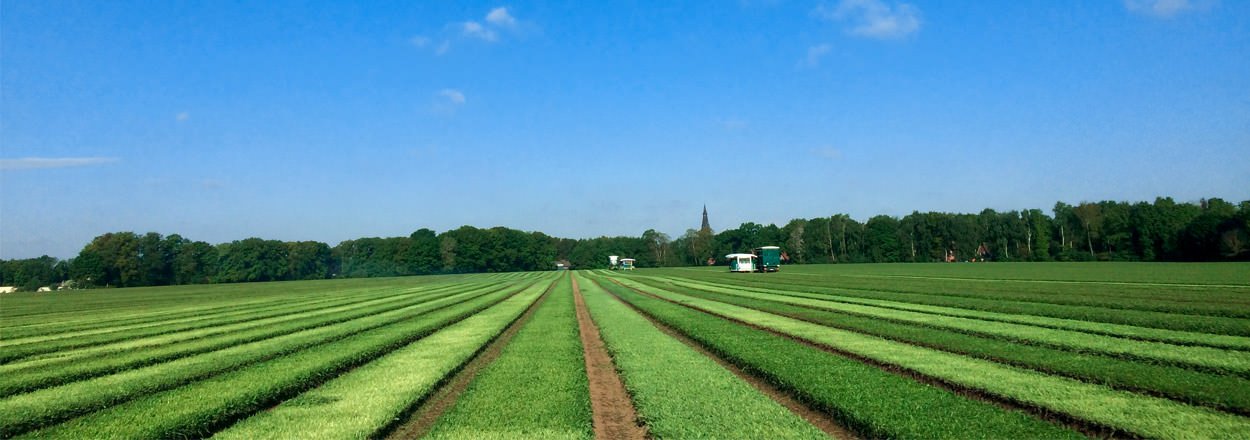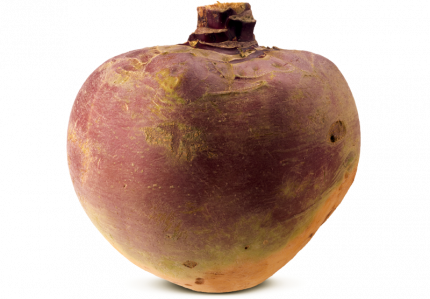Growing
Swedes are planted around 40 cm apart, in rows, from May. The rows should be around 40 to 50 cm apart. The swedes can be harvested from September, For storage, however, swede should not be harvested until November, when it is fully mature. It needs to be harvested earlier in regions with early and sharp frosts. Although swede can withstand some frost (it makes them even sweeter), it will not survive prolonged frosts below -8°C.
Nutrients
The yellow colour of swede is due to the carotenes it contains. Its high nutritional value is many down to its high sugar content, predominantly dextrose. Swede also contains protein, fat, sulphurous essential oils, important minerals, provitamin A, vitamins B1, B2 and C, and nicotinamide. Its very high water content makes swede one of our lowest-calorie root vegetables.
Preparation
Swede is usually eaten warm. The roots are washed, peeled generously, grated or cut into strips, and sautéed with a little oil or boiled in stock for 40-45 minutes. Seasoned with nutmeg, swede is a delicious accompaniment to meat dishes.
Storage/preservation
Swede should not be stored too long, as this impairs the taste. It can be kept for up to ten days in the vegetable drawer of a fridge.

